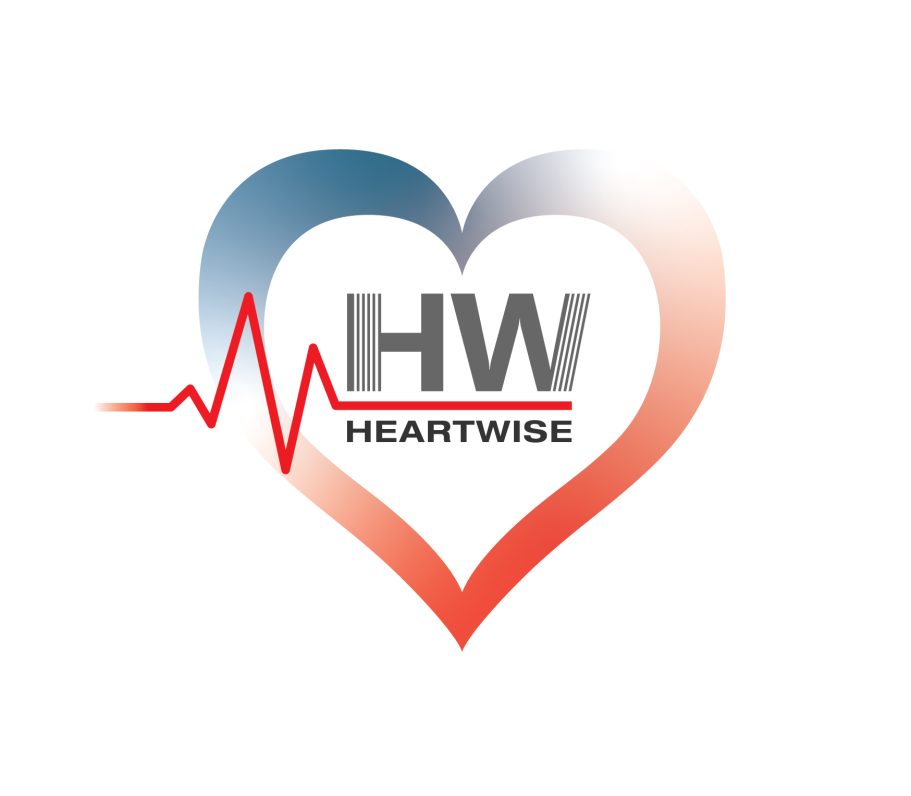What is a Transthoracic Echocardiogram (Echo)?
An echocardiogram or ‘echo’ is a scan that uses ultrasound to produce images of the heart. The test is painless and without side effects. There is no radioactivity.
Why have an Echo?
An echocardiogram provides useful information about the overall structure of the heart. It is able to tell how well the heart pumps and whether the heart valves are working properly. It also provides useful information about efficient the heart muscles is.
What is involved?
- You will be asked to undress to the waist and a gown can be put on with the opening to the front. You will be asked to lie on a couch on your left hand side. If you require a chaperone, you may bring a friend or relative.
- Three stickers will be applied to your chest, providing a 3 lead ECG which measures your heart rate and is important assessing the images of the heart.
- An ultrasound probe covered with a small amount of gel is placed gently on the chest in different positions including the centre of your chest, beneath the left breast area, beneath the rib cage and at the base of your neck. This provides images of your heart from different angles helping to form a complete picture.
- At times during the scan, you will hear sounds coming from the machine which represents your blood flow.
- The echocardiogram will take approximately 30 minutes.
When can you receive your results?
- A brief summary of the preliminary findings can be given at the end of the echocardiogram but there will be some further analysis to be done which can take time.
- Full technical results will be provided electronically to your email address along with a covering letter which summarises the findings in a meaningful way within 48 hours..
